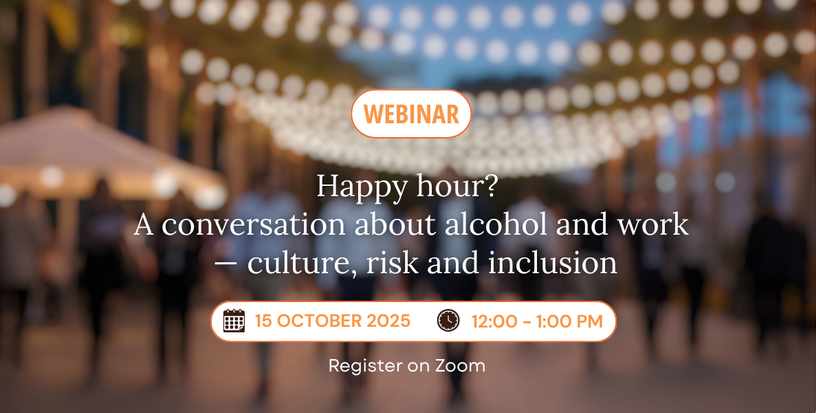The UK’s Worker Protection Act came into force last October; now is the time for all employers to act.
A few weeks ago I wrote about employee engagement in week 7 of lockdown. I talked about moving from the operational position of the first few weeks to the relational. The need to really connect human to human on an emotional, possibly high risk, level to ensure that individuals feel engaged right now. The post is here.
I think though that we are now entering the toughest time in terms of engagement and inclusion. Uncertain times continue. In my 25 year career of dealing with unhappy people in workplaces, I don't think I have ever encountered such a threat to inclusion. Furloughing (part time/full time), redundancies and people fearful of returning to the physical workspace. Some people free to choose, others not. If you'd like to hear more please listen to this podcast where I team up with XpertHR to explain more about what we need to think about and do right now.
Related Articles

Not in control? Choose.

Rappers, labelling, ‘real racists’ and what to do when you mess up

Sexual harassment training? Certainly. But go large.


Happy hour? A conversation about alcohol and work – culture, risk and belonging
From post-deal drinks to client events and team celebrations, alcohol is woven into workplace culture. Yet when something goes wrong, it’s rarely seen as ‘just a drink’.
With new duties on employers to prevent sexual harassment, and growing attention on workplace risk and inclusion, it’s time to take a more intentional look at how alcohol shapes workplace culture – and the risks it carries.
This short, focused webinar will explore:
• How alcohol contributes to conduct, harassment and reputational risk
• The assumptions we make about what’s normal, social or expected
• How alcohol intersects with inclusion, wellbeing and boundaries
• What to think about when conducting risk assessments and looking at policies
• Practical steps to build positive connection while protecting what matters
Speakers:
Helen Dallimore
Head of Training, Byrne Dean
An experienced facilitator, trainer and former employment lawyer, Helen works with organisations to strengthen leadership capability and embed respectful workplace behaviours. She brings particular expertise in creating inclusive cultures where people feel safe, respected and able to thrive.
Cicilia Wan
Principal Consultant, Byrne Dean
A former employment lawyer and experienced Headof Employee Relations in global financial services, Cicilia has seen first-hand how alcohol canaffect conduct at work. She brings deep expertise in leadership, culture and managing people risk.
Steven McCann
Founder and Director, MCG Consulting
A leading voice in workplace addiction and recovery inclusion, Steven advises organisations on addiction awareness, recovery-informed culture and social mobility. He has spoken at the Bank of England and works regularly with law societies, the Legal Services Board and institutions across law, finance and corporate sectors.


HR Magazine: Half of UK workers faced toxic workplaces
Head of Resolution Zoe Wigan comments on speaking up and creating psychological safety.


HR Magazine: How to manage political polarisation at work
Matt Dean comments as recent events in America have intensified the discussion around polarisation.




